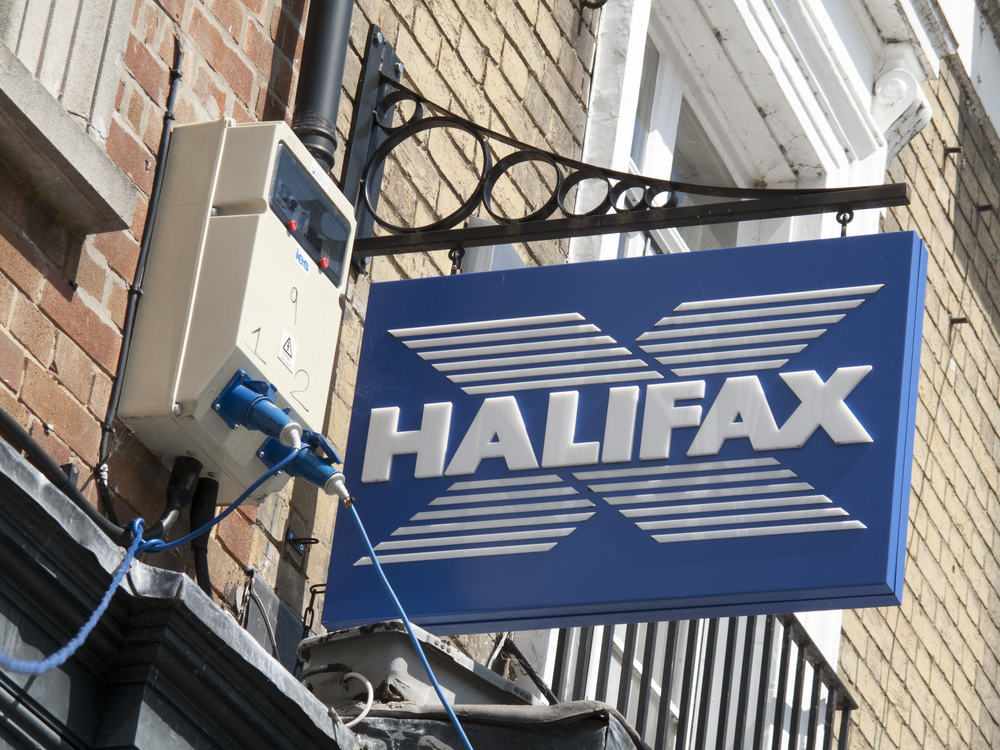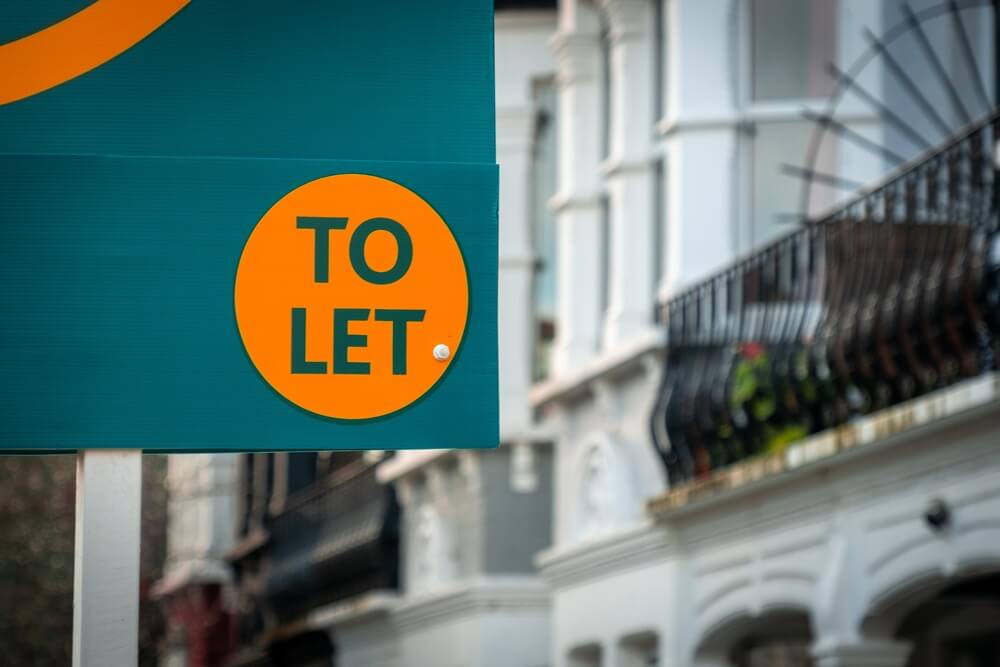Industry leaders say the heady days of lending from before the financial crisis are long gone – but there are opportunities in the sub-prime market.
 At the annual Intermediary Mortgage Lenders Association debate on 18 September, the audience was surveyed on what they thought would be a normal level of mortgage lending in the future.
At the annual Intermediary Mortgage Lenders Association debate on 18 September, the audience was surveyed on what they thought would be a normal level of mortgage lending in the future.
Last year saw lending of £176bn, half of the 2007 peak of £363bn.
Just 2 per cent of the audience expected yearly lending would return to more than £300bn.
A majority – 51 per cent – thought the new norm would be less than £250bn of lending per year. And the remaining 47 per cent were more optimistic, believing normal lending would level out between £250bn and £300bn.
The vote was held following a panel discussion on what constituted a healthy and sustainable lending market.
Panelists cited low wages, lack of housing supply and tighter lending criteria as factors that were keeping growth in check.
Aldermore’s Charles Haresnape, who is chairman of IMLA, said the figures seen at the height of the market were “bonkers” and it was “extremely unlikely” those levels of lending would recur.
If the market headed that way it was likely there would be intervention, he said.
Sub-prime set to return?
However while lenders were not expecting to see a lending frenzy comparable to 2007, the topic of sub-prime lending was raised.
Debate chair John Wriglesworth pointed out that for the market to exceed £300bn some form of lending to riskier sub-prime customers could be necessary.
Mortgage Advice Bureau chief executive Peter Brodnicki said there were too few products and specialist providers to meet borrowers’ diverse demands.

“We have a strong performance in the core vanilla range of products and buy to let but I think we need to be building up more innovation to deal with clients with a more complex income structure.”
Customers who could not control their finances – such as those who never made payments on their mortgages but simply recapitalised their arrears – were probably better off renting.
However he said sub-prime lending was “an enormously broad church” and aspects of pre-crash lending went too far.










 Buy-to-let
Buy-to-let











